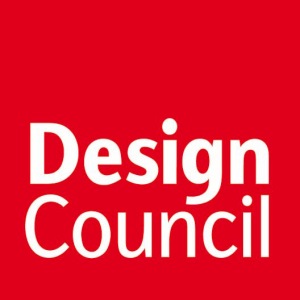
Responsive Environments: developing concepts for sustainable architectures
August 10 – 24, 2009
The workshop will take place at CITA (Centre for Information Technology and Architecture) at the Royal Danish Academy of Fine Arts, School of Architecture, Philip de Langes Allé 10, 1435 Copenhagen K, Denmark.
more infos as well on the related blog http://responsiveenvironments.wordpress.com/
Call for participation:
The summer school has a wide international call for students and other interested parties from KARCH, Waterloo and beyond. The course will bring together a team of practitioners and students from across Europe and Canada.
To apply:
Please confirm interest and commitment to attending before June 1st, in a short written statement addressed to Mette Ramsgard Thomsen and Philip Beesley. A small portfolio of prior work will be helpful.
Acceptance into the course will be confirmed by June 5th 2009.
SUMMARY
The summer school investigates how concepts of interactivity and responsiveness can suggest new ways of thinking the relationship between the building and its environment. The contemporary societal context necessitates the thinking of sustainable solutions for our built environment. But how do these challenge the way we think and design space? How do we challenge our understanding of sustainability from being a set of posterior technological implementations to become part of the intellectual thinking and culture of architecture? Where formalist design traditions uphold the autonomy of the architectural artefact, we ask how ideas of interfacing and actuated behaviour can allow a re-conceptualisation of core architectural terms such as context, shelter, programme and extension.
The summer school asks:
- If interactivity presents us with an inherent openness towards the exterior, how can new models of permeability and exchange challenge the way we think site and enclosure?
- If embedded actuation allows for adaptable structures, how does this challenge the primacy of permanence in architectural design?
- What are the technologies and materials that can enable the realisation of this new architecture of responsiveness: what is energy, how can we harvest it and how do we exploit it?
The goal of the summer school is to develop a major interactive architectural environment. The installation will be developed at the Centre for Information Technology and Architecture (CITA), Royal Academy of Fine Arts, at the Royal Danish Academy during August 2009, involving an intensive two week workshop that brings together students and faculty from Waterloo, The Royal Academy of Fine Arts, School of Architecture, Philadelphia's PennDesign, and other European schools to work closely with experimental architectural designers and creators within the Copenhagen community at CITA.
The workshop will design and fabricate a new immersive kinetic sculpture environment that responds to user stimulus with dense, distributed fields of physical movement controlled by massively repeated arrays of microcomputers embedded within the textile-like layers of the space. This will be mounted in a large public gallery space on the grounds of the Royal Danish Academy.
By working collaboratively to produce and refine this installation, participants will gain advanced experience in key aspects of responsive architectures: networks and systems composed of complex parts assembled into coherent artificial 'organisms', actuation systems based on shape memory alloys, innovative techniques for creating large volumes out of small amounts of material, implementation of digital fabrication and advanced modeling, simulation and visualization techniques.
For full information: Please visit this page






